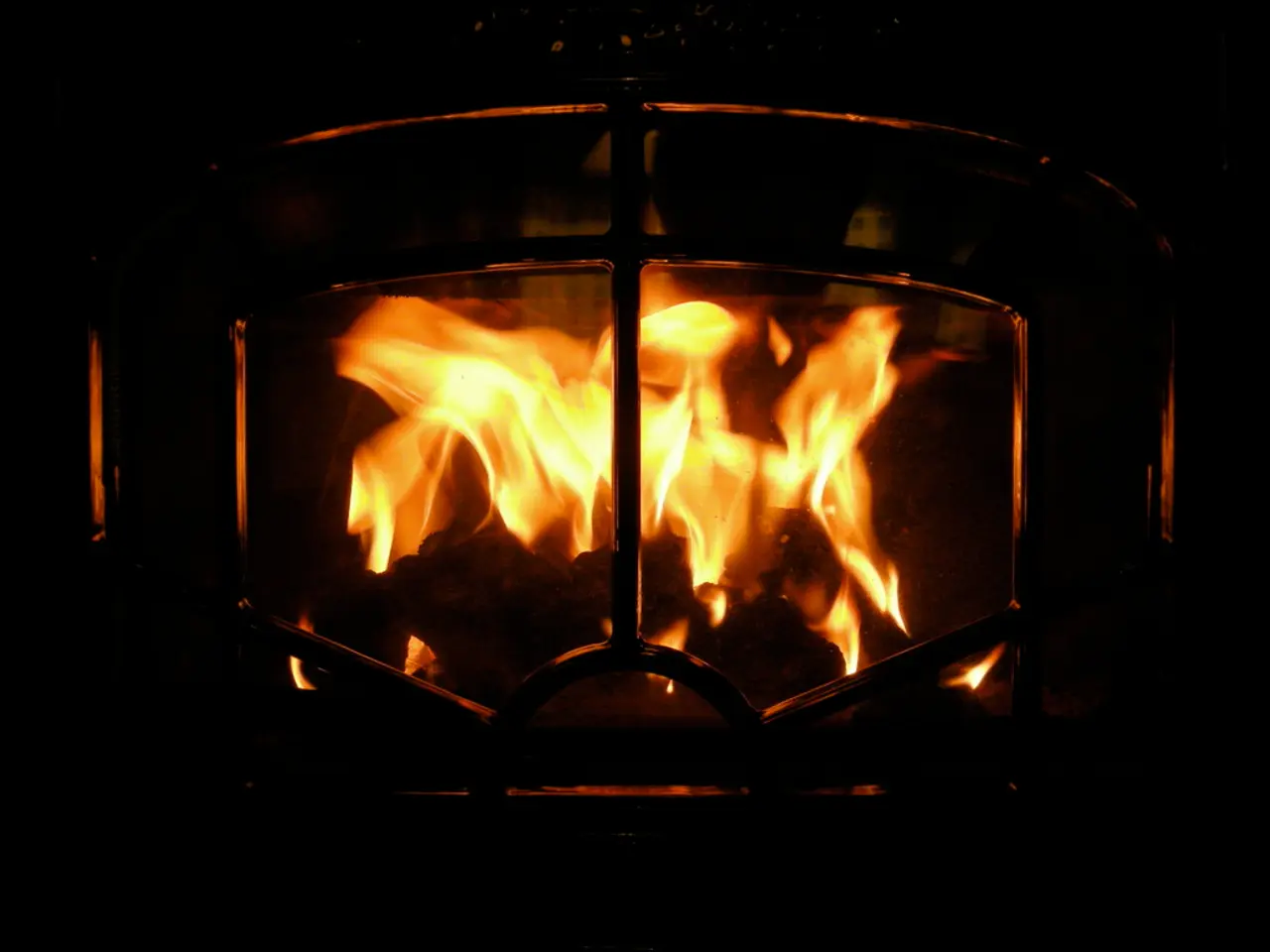Lab Safety Guidelines with Focus on Bunsen Burner Usage for Year 2025!
The Bunsen burner, invented by Robert Bunsen in 1855 in collaboration with Peter Desaga, is an essential tool in any laboratory. This versatile instrument is used for a myriad of purposes, from heating chemicals and solutions evenly to sterilizing laboratory instruments, and facilitating combustion experiments and flame tests for element identification.
Proper labeling of a Bunsen burner promotes a safer work environment, enhances user understanding, and encourages responsible equipment handling. Understanding the parts of a Bunsen burner and their functions ensures effective and safe experiments.
The base of a Bunsen burner provides stability during experiments, while the barrel guides the gas and air mixture to create a flame. The air vent or collar controls the airflow and regulates oxygen levels in the flame. Increasing airflow by opening the air vent creates a blue (heating) flame, which is hotter and ideal for heating chemicals or sterilization. Reducing airflow by closing the air vent creates a yellow (safety) flame, which is cooler and less intense. Yellow flames are suitable for when the burner is not actively in use, minimizing risks of accidents as the flame is visible and stable.
The gas control knob manages the gas flow and adjusts the flame size and intensity. Using the gas control knob allows fine-tuning the flame size for precision in specific tasks. The gas inlet connects the burner to the fuel source, usually natural gas or butane.
The proper procedure for operating and maintaining a Bunsen burner safely in a laboratory involves several key steps. First, ensure proper setup, connecting the burner securely to the gas supply and placing it on a stable surface. Light the burner safely—using a spark igniter or a designated lighter—and adjust the air supply collar to produce the desired flame type (usually a blue flame for most heating tasks). Hold the base of the burner when moving it, not the barrel, to avoid burns or accidents.
When using the burner, keep flammable materials away. Use the flame for sterilization of tools by quickly passing them through the hottest part of the flame. The burner’s convection current also helps maintain aseptic conditions by drawing contaminants upward and away from the work area.
Safety precautions are paramount when working with a Bunsen burner. Wear appropriate personal protective equipment including lab goggles, apron, and tie back long hair. Avoid loose clothing and never leave the burner unattended while lit. Familiarize yourself with emergency procedures, such as how to shut off the gas supply quickly.
After use, turn off the gas supply completely and allow the burner to cool before handling or storing. Regularly inspect hoses and connections for leaks or damage, and replace any worn parts immediately. Consider using intrinsically safe modern Bunsen burners with flame monitors and automatic shutoff features to reduce gas leakage and explosion risks.
Following these procedures ensures safer operation and maintenance of a Bunsen burner in a laboratory setting and helps maintain a sterile and hazard-free environment. Understanding and selecting the correct flame type is crucial for optimizing experiments and promoting safety in laboratory environments.
- Integrating knowledge of ceramics can help in designing more durable and heat-resistant Bunsen burner parts, contributing to a longer lifespan and enhanced safety.
- In the realm of education-and-self-development, learning about the science of Bunsen burners can spark curiosity in future scientists, inspiring them to delve deeper into the field of space-and-astronomy and medical-conditions.
- Combining the power of technology, such as flame monitors and automatic shutoff features, with the traditional use of Bunsen burners in laboratories can lead to advancements in research, making experiments more precise and safer.




